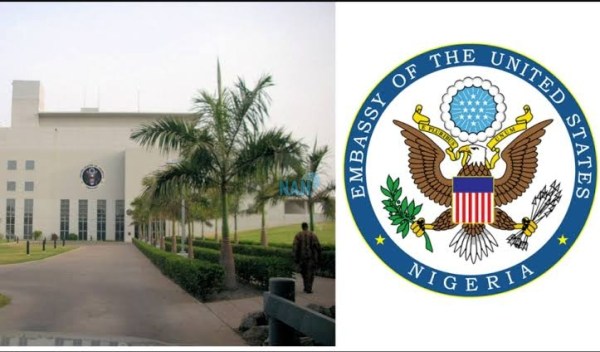-
Bears and bulls are butting heads over the current state of the oil market.
-
There’s a growing disconnect between the physical market for crude and oil futures.
-
The ongoing disconnect between physical crude and futures markets can mainly be pinned on worsening fears of a serious economic slowdown that might curtail oil demand.
A couple of days ago, Saudi Arabia shocked oil punters after it hiked oil prices for its biggest market, Asia, in the middle of one of the biggest oil crashes this year. State producer Saudi Aramco hiked its key Arab Light crude grade for Asian customers by $2.80 a barrel from July’s level to a premium of $9.30 a barrel over the regional Oman/Dubai quotes, bringing it just shy of the record $9.35 a barrel premium seen in May.
Aramco claimed that it has continued to see robust demand for crude from customers in Asia–the country’s biggest market–as well as extremely strong refining margins.
The increase in the country’s official selling price (OSP) came just hours before the futures market went into a tailspin, with Brent and WTI both crashing nearly 10% on Tuesday. Indeed, benchmark Brent futures have slumped 11.3% just two days after the price hike, ostensibly on weak demand and recession fears.
On a certain level, Saudi Arabia’s ‘mad’ decision to hike prices in this environment appears to make sense.
After all, refining margins have gone amok, with the profit from making a barrel of gasoil at a typical Singapore refinery hitting an all-time high of $68.69 on June 24. Although the margin has since retreated to $41.80 a barrel at the close on Wednesday, it’s still almost 4x higher than the $11.83 at the end of last year, and a staggering 550% above the profit margin at the same time in 2021.
But the fact that the physical market for crude (bullish) doesn’t seem to match the futures market (bearish) suggests there is a serious disconnect between the two.
Physical vs. Paper Market Disconnect
At this juncture, it’s important to make the distinction between the physical market for crude and the crude futures market.
Physical (also known as cash) market prices are determined by the supply and demand for physical crude. Here traders buy oil from the producer and sell it to the refiner for immediate delivery. Physical buyers and sellers have a direct pulse on the market and may feel immediately when it is well supplied, or not.
Futures prices, on the other hand, are determined by the supply and demand for crude futures positions. Futures markets provide traders with a means to bet on crude prices at certain points in the future, and also allows physical market participants to hedge their position and, therefore, minimize risk.
The ongoing disconnect between physical crude and futures markets can mainly be pinned on worsening fears of a serious economic slowdown that might curtail oil demand.
“A growing number of analysts are expecting that many of the world’s leading economies will suffer negative growth in the next few months, and this will drag the U.S. into a recession,” Fawad Razaqzada, market analyst at City Index, has told Bloomberg.
Months of dwindling liquidity, alongside heavy technical selling as well as hedging activity by oil producers, have all contributed to the oil futures selloff. However, the biggest driver has been concern about a possible recession and an overly hawkish Fed, which have served to undermine the idea of oil prices being a means of hedging against inflation.
“Recession fears likely pushed some investors out of the oil trade as an inflation hedge,” Giovanni Staunovo, analyst at UBS Group AG, has told Bloomberg.
Last month, Federal Reserve officials determined to maintain an aggressive interest rate hike regime in a bid to cool down inflation and prevent it from becoming entrenched, even if that means slowing down the U.S. economy. According to minutes of the Federal Open Market Committee’s June 14-15 policy meeting, the central bank plans to increase rates by either 50 or 75 basis points at its next meeting slated for July 26-27, hot on the heels of a 75-basis points raise in June–the biggest in nearly three decades. Indeed, it’s June’s massive hike that triggered the ongoing oil price selloff, meaning the oil bulls might not get a much-needed reprieve any time soon.
And now, the million-dollar question: will other oil producers take their cues from Saudi Arabia?
Saudi Aramco does not disclose the pricing formula that it employs to set its OSPs; however, experts think it’s a fairly technical process that takes into account refining margins, the relative price between Oman/Dubai and Brent, and the actual volumes being sought by refining customers.
The big problem with using a technical process to determine your OSP as the Saudis do is that the price cannot quickly adapt to the highly unusual circumstances in the current global oil market.
Lower Brent prices will encourage refiners in Asia that can easily switch crude grades to buy more oil from suppliers such as West African producers, including Angola and Nigeria, that price against the global benchmark. Further, Asian refiners that have no qualms about buying highly discounted Russian Urals will also jump ship, thus leaving Saudi crude and the Middle East grades that price against it less desirable.




